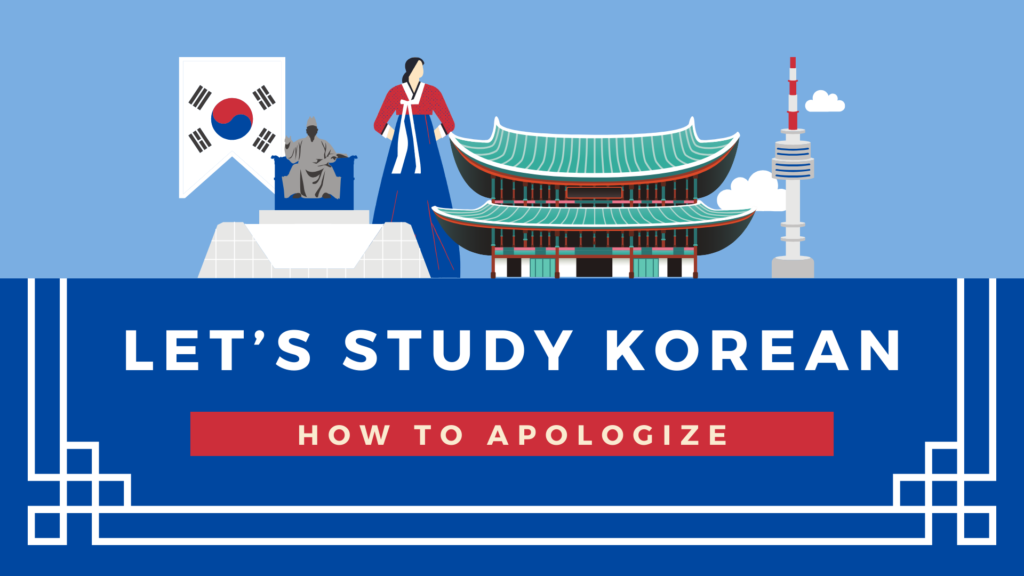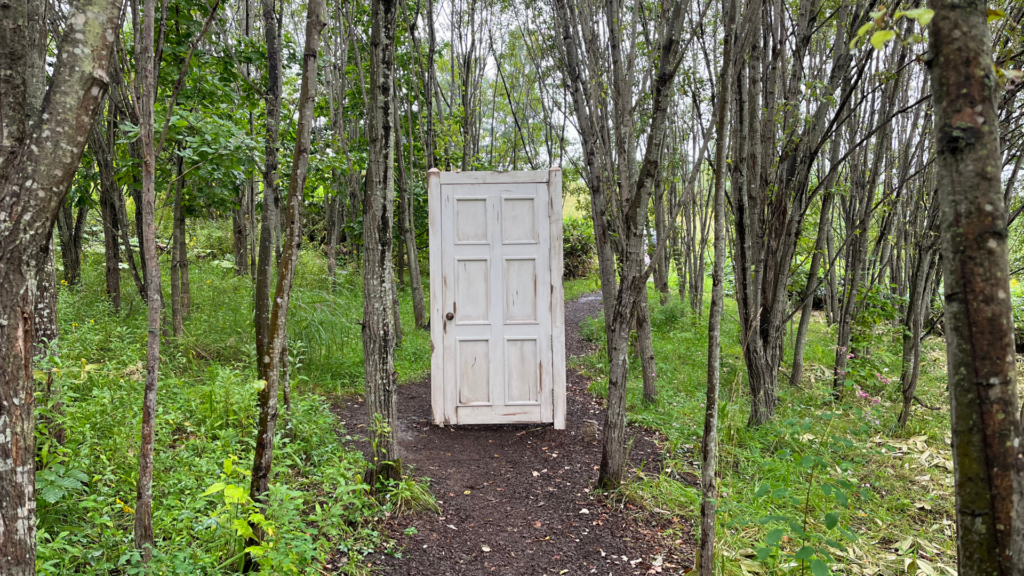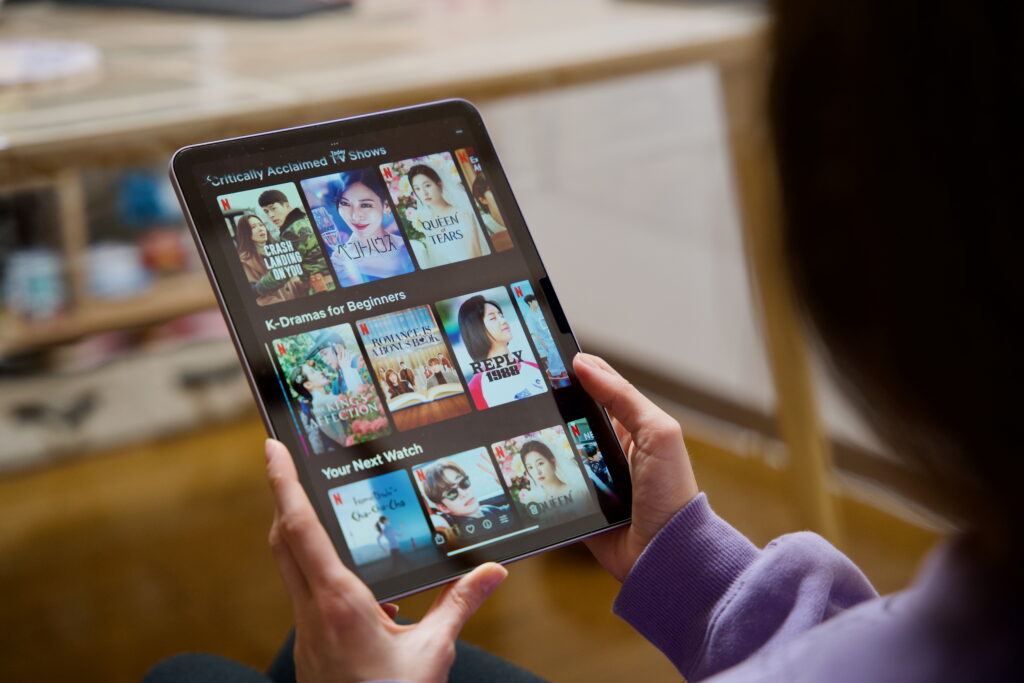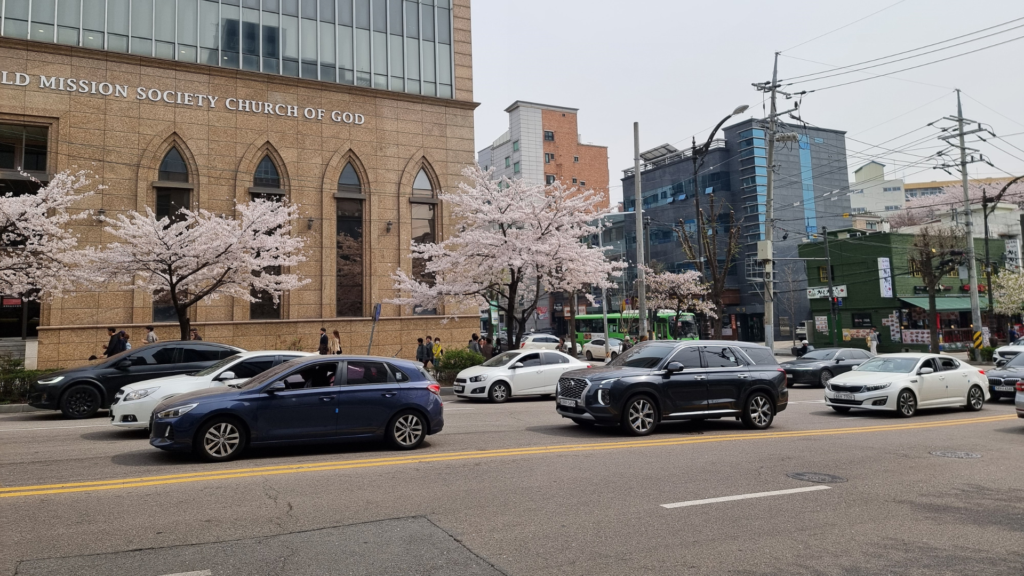For those living in Korea, no matter for a short or long time, you will definitely need to know how the Korean recycling system works.
Recycling in Korea might seem a bit complicated and confusing at first sight, because their system is slightly different from those used elsewhere. However, once you have gathered all the necessary information on how to sort your rubbish, it will be easy as you can simply do as instructed. In this article you will find a guide with tips on how to recycle in Korea the right way.
Use the right bin when recycling in Korea
As in many countries, when recycling in Korea you will have to choose between various bins, depending on the material the product is made of. In Korea, however, there are a larger number of different categories – for example, plastic alone is divided into plastic, PET and vinyl.
Apart from that, we also have a separate bin each for polystyrene, paper, aluminium, glass, food waste, and for general non-recyclable waste! Let us now see in detail what to throw in each bin.
In the regular plastic bin (플라스틱류, peullaseutik-ryu) you should put all your thoroughly rinsed plastic containers and coloured plastic bottles. Do make sure to empty the contents and remove the label – these should be thrown away separately.
In the PET bin (패트류, paeteu-ryu) you should put clear plastic bottles (again, emptied, rinsed and without the label).
In the vinyl bin (비닐류, binil-ryu), you should put plastic bags, labels and packages of potato crisps, biscuits, etc. In this bin, one does not throw ‘hard’ plastic, but thinner plastic.
In some countries, polystyrene is also broadly categorized as plastic. In Korea, however, it goes in a dedicated bin, called 스티로품류, seutiropum-ryu, which comes from the English word “Styrofoam” (which refers to polystyrene).
In the paper bin (종이류, jongi-ryu), you can put sheets of paper, cardboard, and Tetra Pak milk cartons. Again, everything needs to be clean, so milk cartons need to be completely emptied and rinsed before being thrown away. All plastic labels need to be removed. If a piece of paper is very dirty and contains food residue which cannot be removed, then it is no longer considered recyclable. It should therefore be thrown in the general waste bin.
As for aluminium, there is a dedicated bin in Korea, called 캔류 (kaen-ryu), literally ‘for cans’. This is where cans of soft drinks, tuna, etc. are thrown away, and as always, they should be thoroughly emptied, rinsed and without any labels.
The glass bin can be found under 병류 (byeong-ryu), literally ‘for bottles’, or 유리류 (yuri-ryu), literally ‘for glass’. Glass bottles are mainly thrown in here. Again, the usual rule of cleaning the container and removing any labels and caps applies. However, if the bottle is broken, it cannot be recycled, so in this case you have to wrap all the pieces in newspaper and throw it in the non-recyclable waste container.
What we commonly call organic waste, is referred exclusively to food waste in Korea, and is called 음식류 (eumsik-ryu). Thus, non-food organic waste, such as paper tissues or napkins, do not go here, nor do egg shells (they go in the ‘non-recyclable’ instead). Only food remains, which could potentially be eaten by an animal, are classified as 음식류.
Finally, we come to the bin for non-recyclable waste, 일반 쓰레기 (ilban sseuregi), i.e. ‘general waste’. Everything that is not recyclable nor recoverable, such as hybrid and non-separable materials, eggshells, used tissues, toilet paper, sanitary towels and other bathroom waste, broken glass or light bulbs (wrapped in newspaper to prevent the pieces from scattering), pillows, quilts, damaged clothes and anything that does not have a designated bin should be thrown in here. Exceptions will be electronic products, clothes in good condition and furniture. They are considered special waste and require a different way of disposal. They generally do not have a designated bin within an apartment block.
Special waste when recycling in Korea
It is not everyday practice to throw away electronics, clothes in good condition or furniture. However, someday there is a chance you may need to dispose of one of these. You cannot simply throw them in the non-recyclable waste container.
For electronic waste, you can request a door-to-door collection service by booking online at Cycle Governance website. For small items (such as hairdryers, toasters or vacuum cleaners), it takes at least five to be able to reserve the service, but for larger items, such as televisions or refrigerators, one is sufficient.
If clothes in good condition have to be thrown away, it is good practice to throw them in the clothes donation bin. They can be found in almost every neighborhood and are usually green and marked 의류수거함 (euiryusugeoham). Clothes, shoes, bags and blankets may only be thrown in here if they are in good condition. Damaged clothes, stuffed quilts, pillows and suitcases are not accepted.
Regarding the disposal of furniture or bulky waste such as suitcases, bicycles, clothes lines or pushchairs, disposal methods differ depending on where you live. When it comes to recycling in Korea, the city of Seoul itself applies different rules in different neighbourhoods. It is advised to search online to check the specific disposal method for your area, book a pick-up service, pay a small fee, and then place the waste outside the house to be taken away by the agreed day and time. For many areas in Seoul, an app called Yeogiro (여기로) is available.

Which bags to use for recycling in Korea
In order to throw out the rubbish, you need to purchase special bags, which are different depending on which neighbourhood you live in.
Bags are broadly divided into two types: bags for non-recyclable waste (일반 쓰레기 봉투, ilban sseuregi bongtu) and bags for leftover food (음식물 쓰레기 봉투, eumsikmul sseuregi bongtu).
With regard to recyclable waste (재활용 쓰레기, jaehwalyong sseuregi), there is no need to purchase any bag, because they should be thrown directly into the designated bins without having to use a bag (if you use one to take your rubbish to the bins and then do not want to keep it, remember that the plastic bag should be thrown into the vinyl bin).
Rubbish bags can be bought in supermarkets or convenience stores. If you can’t find them, you can always ask:
일반 쓰레기 봉투 있어요?
Ilban sseuregi bongtu isseoyo?
Do you have bags for general waste?
to ask for the non-recyclable waste bag, or:
음식물 쓰레기 봉투 있어요?
Eumsikmul seuregi bongtu isseoyo?
Do you have food waste bags?
to ask for the food waste bag.
Fines for not recycling in Korea properly
Those who do not comply with the waste disposal rules can be subject to heavy fines of up to one million won. Therefore, care must be taken not to throw recyclable products together with general waste or vice versa, and also to respect the specific rubbish collection schedule for each type of waste.
We hope you find this guide on how to recycle in Korea useful. Once you know all the rules, it is not too difficult to apply them. As the way Koreans recycle can be different from what you are used to in your home country, please be mindful and respectful of the differences.
For more information on Korean culture, keep following the Go! Go! Hanguk blog and do not hesitate to contact us about living and studying in Korea.


